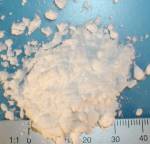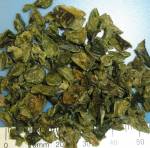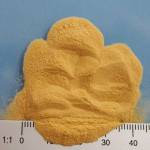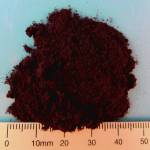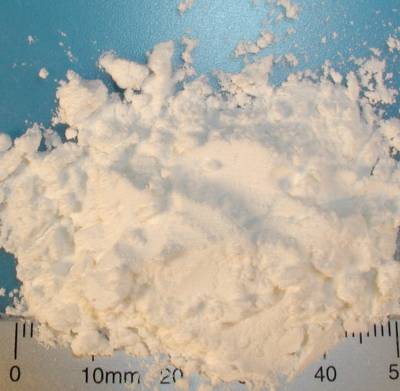
Organic corn starch native
Organic corn starch is obtained from corn from organic farming in a purely physical process (grinding, leaching, drying). Classic applications can be found wherever binding and consistency improvement are required. For example in soups, sauces, special sausages, potato dumplings, potato noodles, bread and bakery products and the snack industry. Native corn starch is unmodified and naturally gluten-free. Native organic corn starch is used in products that are heated during production, alternatively cold swelling corn starch 21.207 is used.
Benefits
- thickening, consistency, binding
- thin boiling with thickening effect
Fields of Application
pudding dessert creams soups sauces ketchup mayonnaise baby food bakery products pastries confectionery canned food fruit preparations
Packaging
25 kg multilayer paper bags (1 pallet = 30 bags = 750 kg)
Application
Application and details of organic corn starch native
Corn originated in Mexico, but is now produced worldwide. The starch contained in corn is created by the plants as an energy reserve in the cells. Corn starch is obtained in a complex process involving several steps. First, the corn is swollen in water and, after several days, finely ground. Then the fibers are separated and the starch fraction is separated from the gluten fraction. This is followed by several cleaning and drying steps. Starch can generally be extracted from all starch-containing plants. Corn, potato, wheat and rice are most commonly used for starch extraction due to their high starch content.
Corn starch is often referred to as food starch. However, you can also replace food starch or corn starch with potato starch and wheat starch (depending on your recipe, of course). The various types of starch differ only in their composition. Starch always consists of a mixture of the carbohydrates amylopectin and amylose.
What do you do with native starches?
Among other things, starch is used as a starting material in glucose production. With the help of enzymes, the long-chain carbohydrates of starch can be split. The glucose syrup produced in this way is used throughout the food industry. Soft drinks, ice cream, confectionery, baked goods, etc. may contain glucose syrup. The best known glucose syrup is corn syrup, it is mainly used in sweet drinks and canned foods in the USA.
What is organic native corn starch?
A native starch is produced from starch-containing plants by means of physical processes. In contrast, modified starches rely on enzymes and chemical treatment. Specific modifications are used to alter freeze stability, heat stability, acid stability and shear stability.
Where is organic native corn starch used?
Corn starch is widely used in baking. For example, in pies, cakes and crumbly pastries. Corn is naturally gluten- and lactose free. The fine white powder is used in a wide variety of foods.
How is organic native corn starch used?
Organic corn starch gelatinizes in water at a temperature of about 80 °C to form a highly viscous paste. After cooling, this solidifies into a smooth, short-textured gel - the characteristic organic corn starch pudding.
Where is starch used outside of food production?
Starch is used in cotton processing, paper recycling and to thicken paints. The production of bioplastics from starch is a relatively new application with a lot of potential. It is also used in pharmaceuticals in the production of tablets.
Interesting facts about organic native corn starch:
You can find corn starch in our assortment in 4 different qualities. Organic cold-swelling corn starch 21.204, organic native corn starch 21.050, organic cold-swelling waxy corn starch 21.207 and organic native waxy corn starch 21.057. As you can see, not all corn starches are the same. We will be happy to advise and inform you about which one is best to use for your recipes, or whether potato starch, for example, is also suitable!



